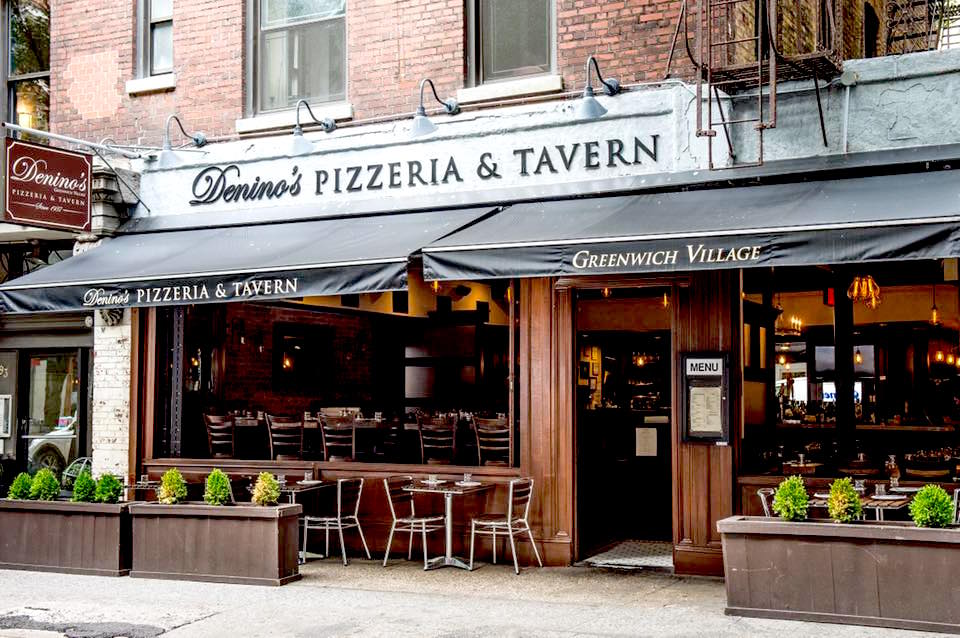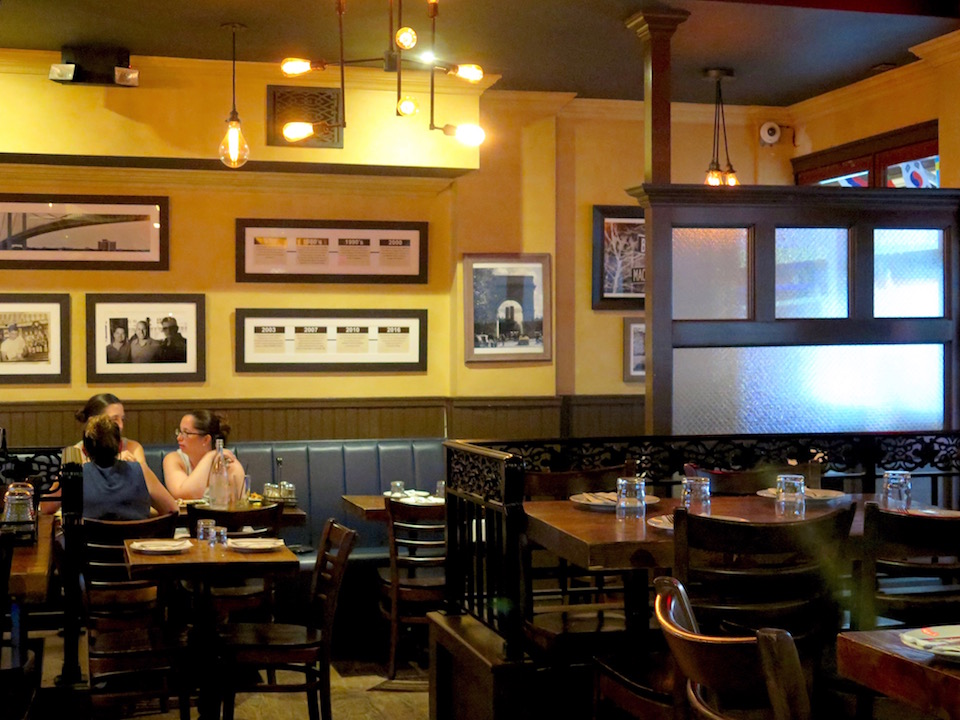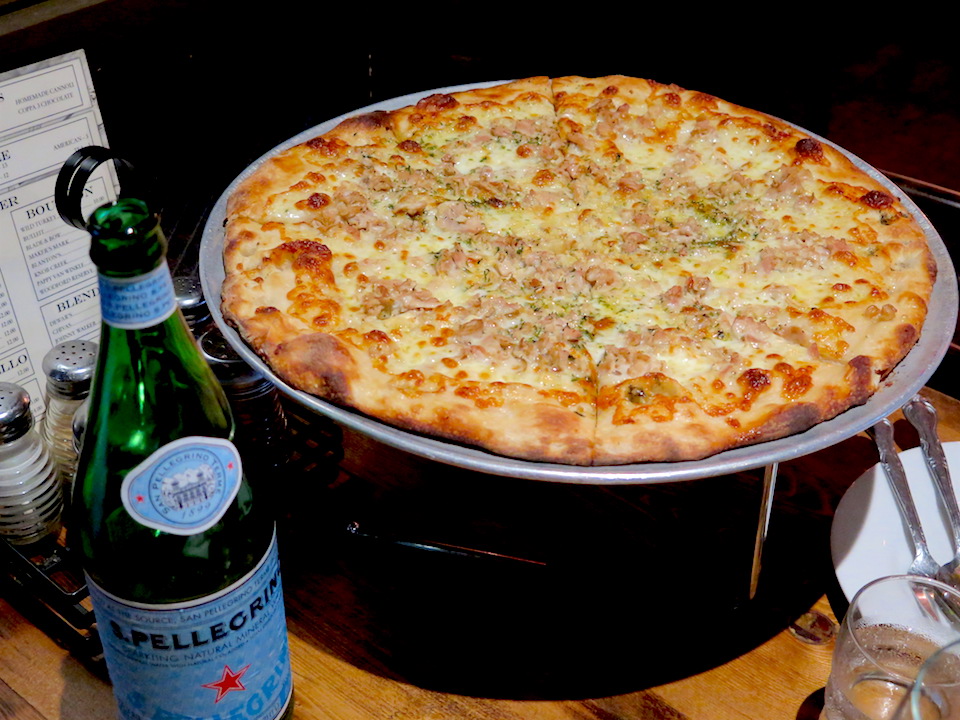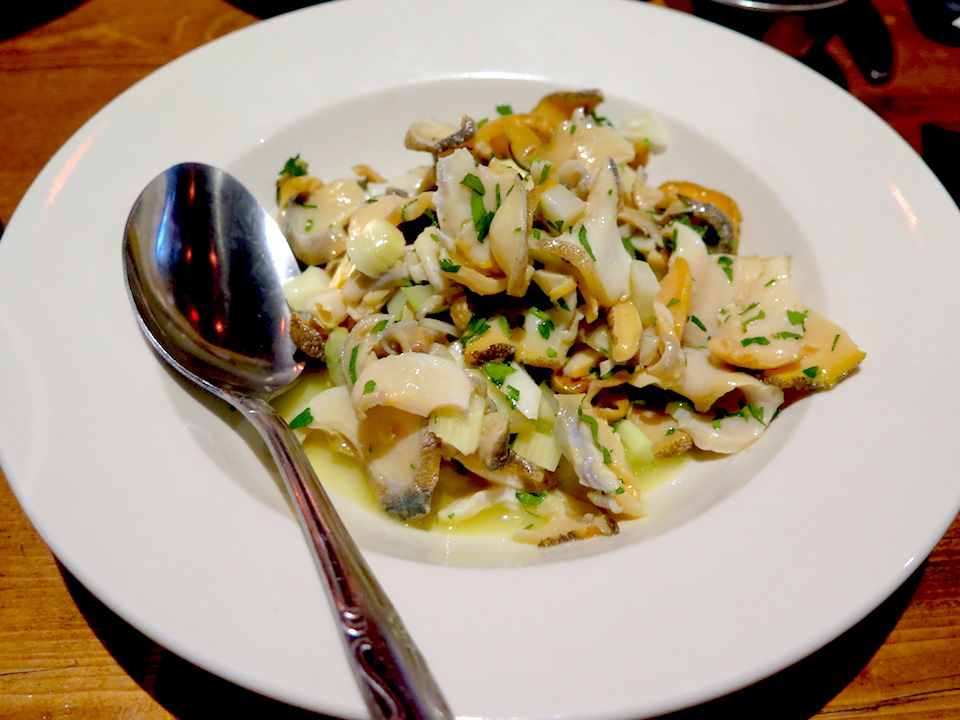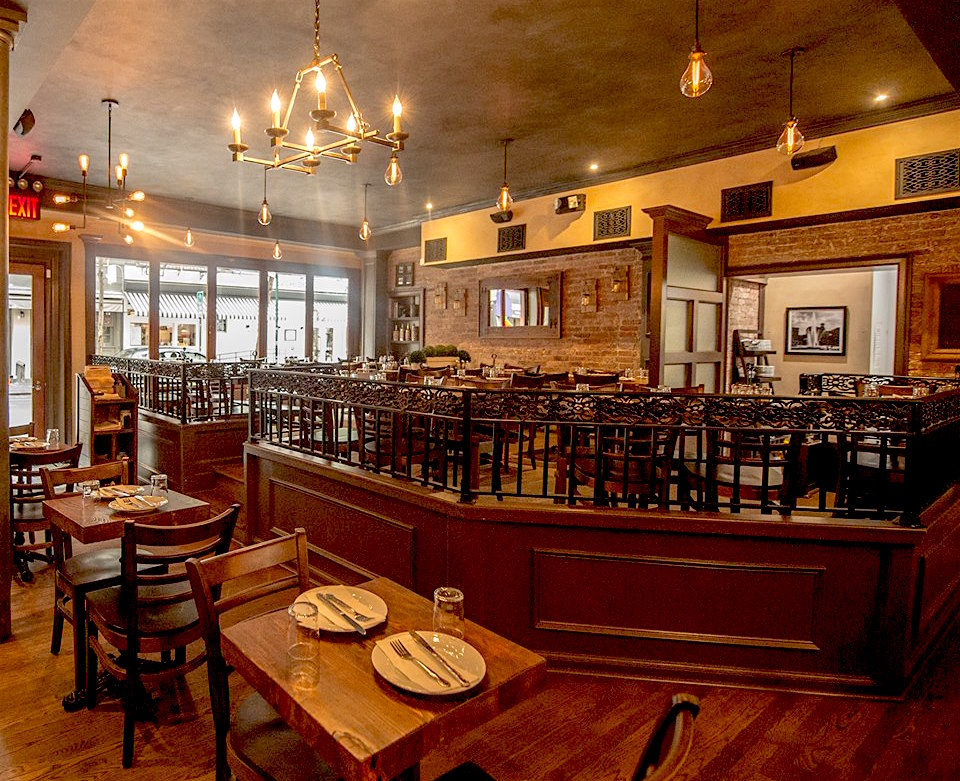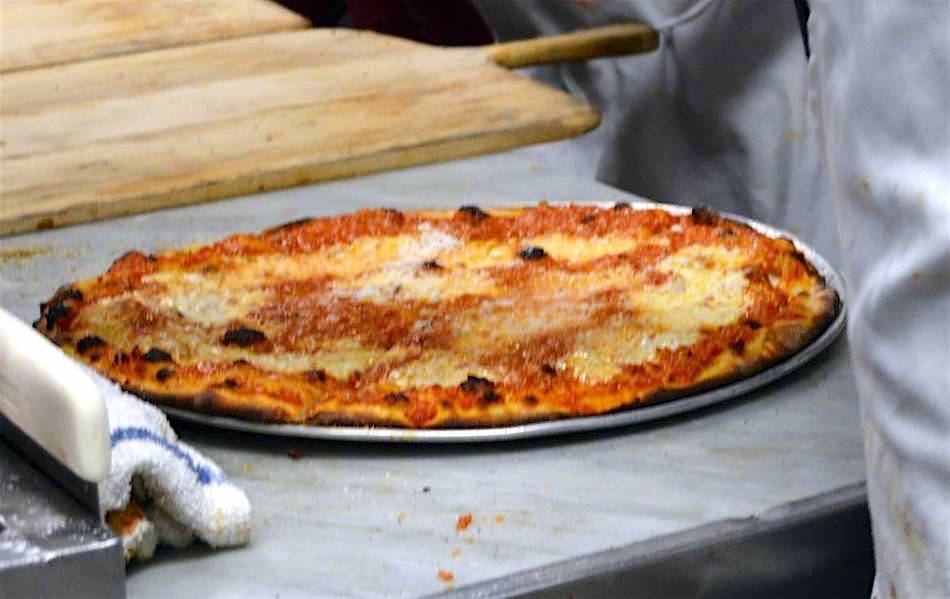Pizza is as partisan as politics—with a tribal loyalty similar to professional sports. From thin crust to deep dish, wood-fired to hand-tossed, everyone has an opinion—and a favorite. Whether it’s Neapolitan style from the world’s first pizzeria in Naples or Chicago-style in the Midwest, every pizza fan has their home team: the pizza that remains unrivalled on the palate. For many in metropolitan New York, that pizza comes from Denino’s Pizzeria & Tavern, which has been feeding the faithful since 1937.
The Denino’s story begins with an immigrant—because isn’t an immigrant behind every great American success story?—who left Sicily for New York in 1887. In the ensuing decades, the family Denino’s confectionery store in the Port Richmond section of Staten Island spawned a neighboring pool hall and then a tavern that opened in 1937 on the premises still occupied by the original Denino’s.
The family-run business thrived through the war years, though it wasn’t until 1951 that founder Carlo Denino introduced pizza at the tavern, whereupon history was made. For nearly 70 years, Denino’s pizza has received accolades from politicians and publications, actors and sports stars for its homemade thin crust pie—and particularly for its acclaimed clam pie.
Given the pizzeria’s popularity, the Denino family opened a second location in New Jersey—and then in 2016, Joseph Castellano (who spent nearly three decades working at the orignal location) became Denino’s first outside owner with the launch of Denino’s Greenwich Village.
Piping hot from the oven, Denino’s clam pie is redolent of garlic, parsley, and olive oil, the cornmeal-bottomed crust bubbly and charred, the minced clams tender and slightly briny. With a glass of rosé (which is possibly heresy at the original where families have been passing pies and paper plates for four generation), the pie covers all the bases for a solid home run.
Denino’s menu in Greenwich Village is an all-star cast of Italian-American classics, the kind of cuisine celebrated by the Italian-American characters in films by Scorsese and Coppola: scungilli and calamari, arancini, pasta fagioli—and meatballs as large as baseballs. Pastas include a blissfully toothsome cacio e pepe, the al dente spaghetti coated in Pecorino Romano, flecks of pepper on the noodle. Sautéed broccoli rabe provides a nicely bitter complement, not only as a side, but also in the ravioli with sundried tomato, white wine, and garlic.
Located in the heart of the West Village, Denino’s Greenwich Village retains the raffish character of the Staten Island original with an interior marked by dark wood tables and vintage photographs on the walls. The white marble bar in the back of the restaurant proves a perfect perch for Denino’s daily happy hour. In clement weather, al fresco dining at the metal chairs and tables along the sidewalk provides a ringside seat for the never-ending parade along MacDougal Street.
Desserts include cannoli and tartufo, as well as tiramisu—though it’s equally tempting to pack up the last few slices and walk the Village. Because as every pizza fanatic knows, there’s no better breakfast of champions than cold pizza in the morning.

